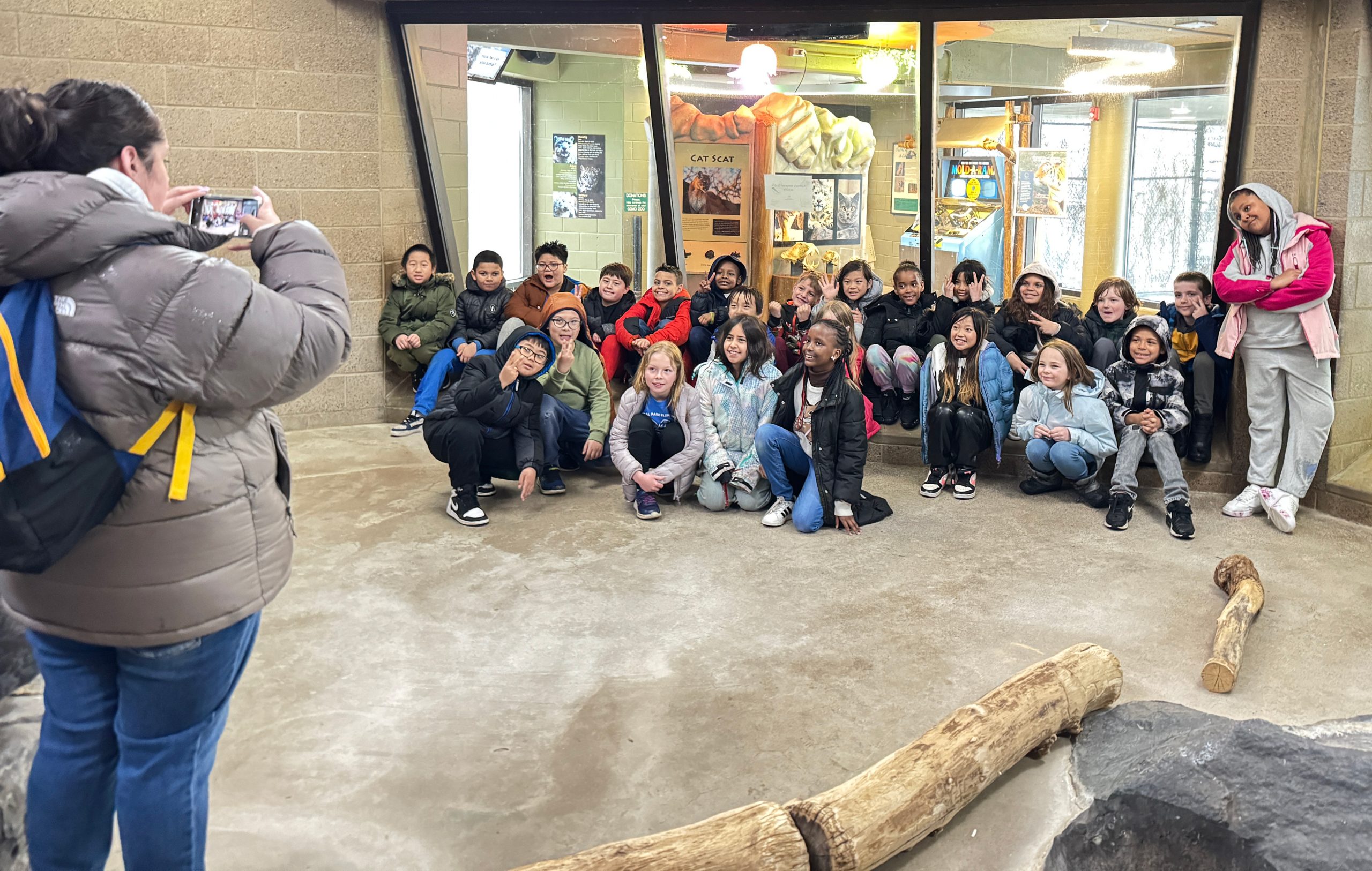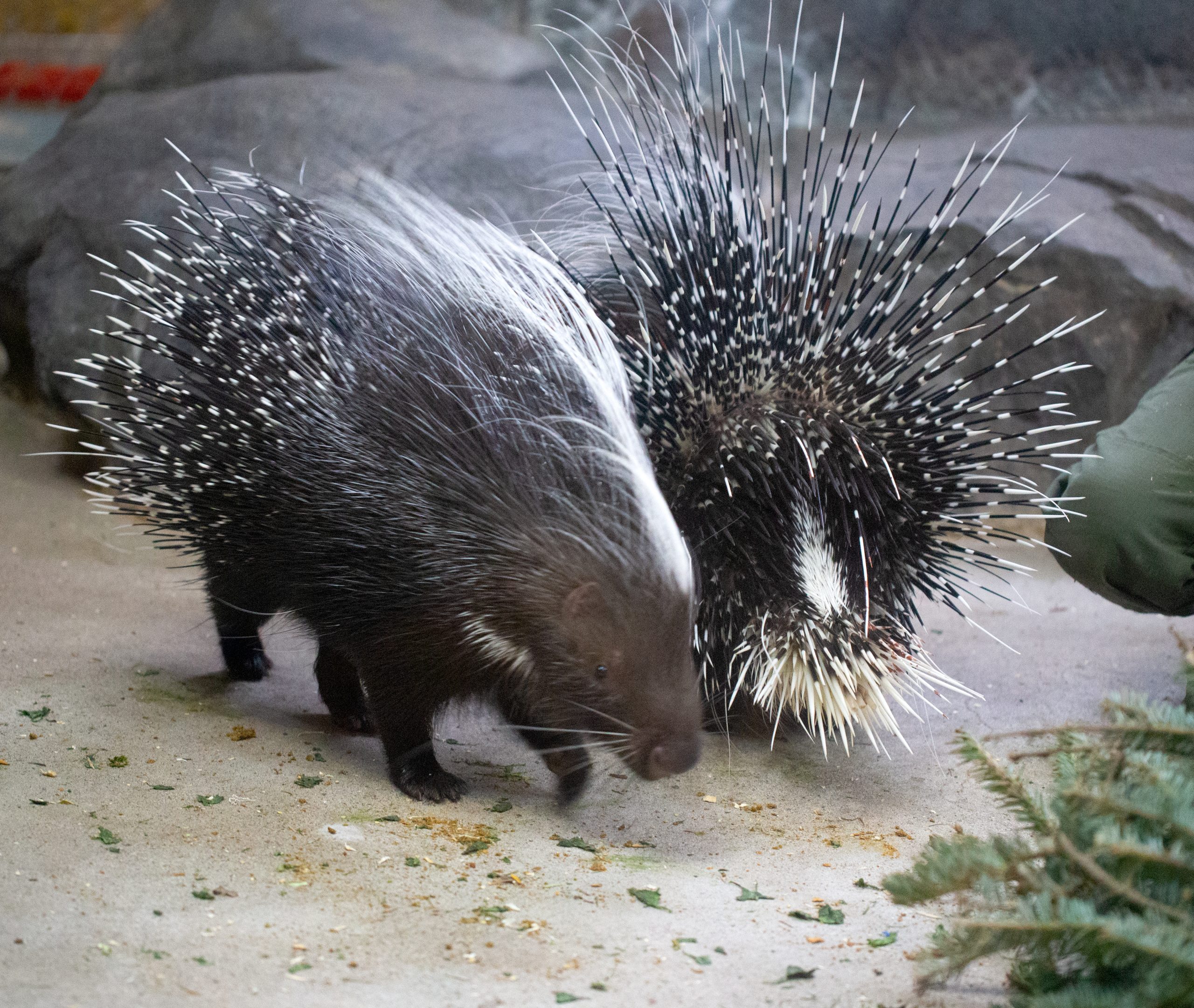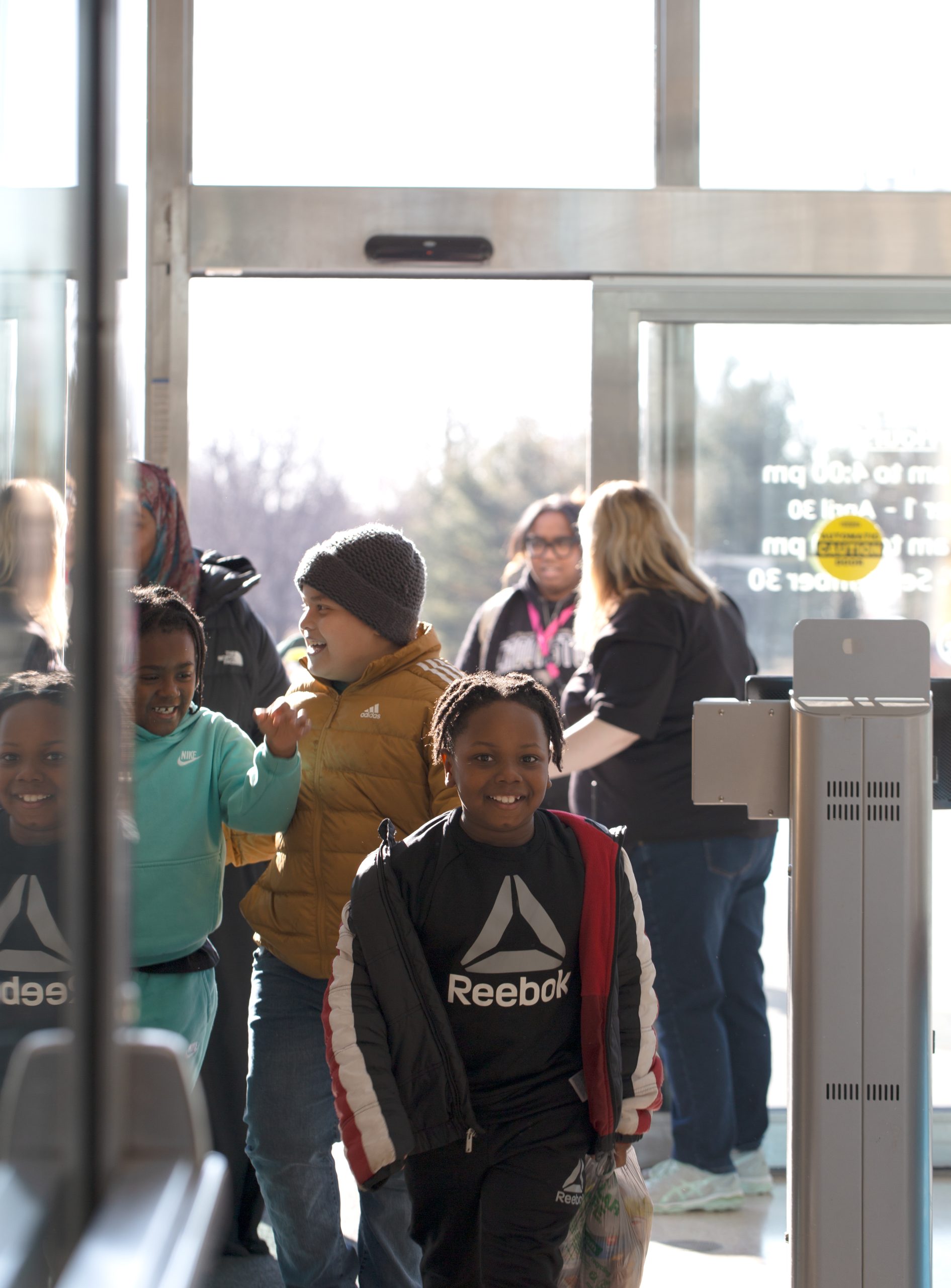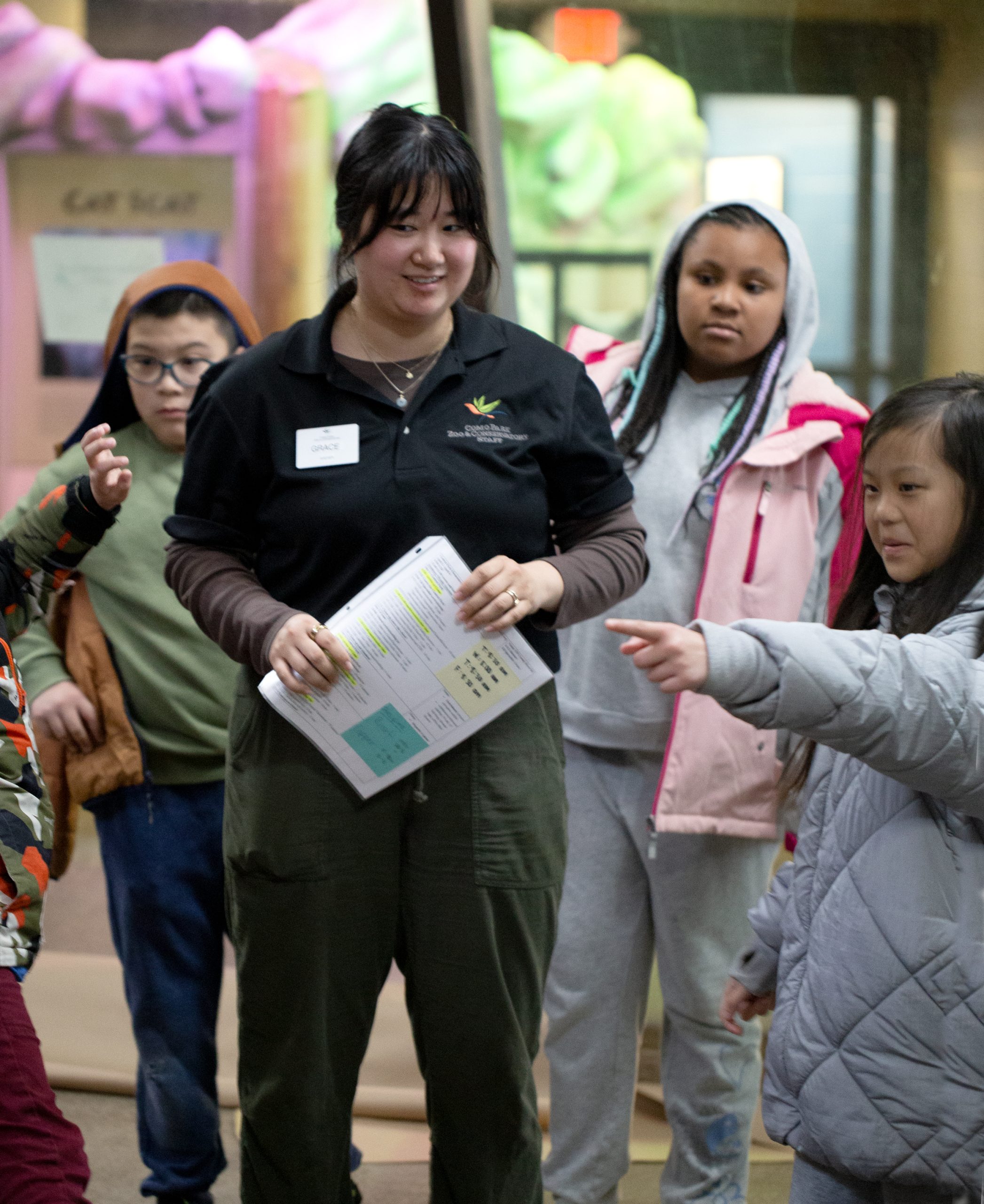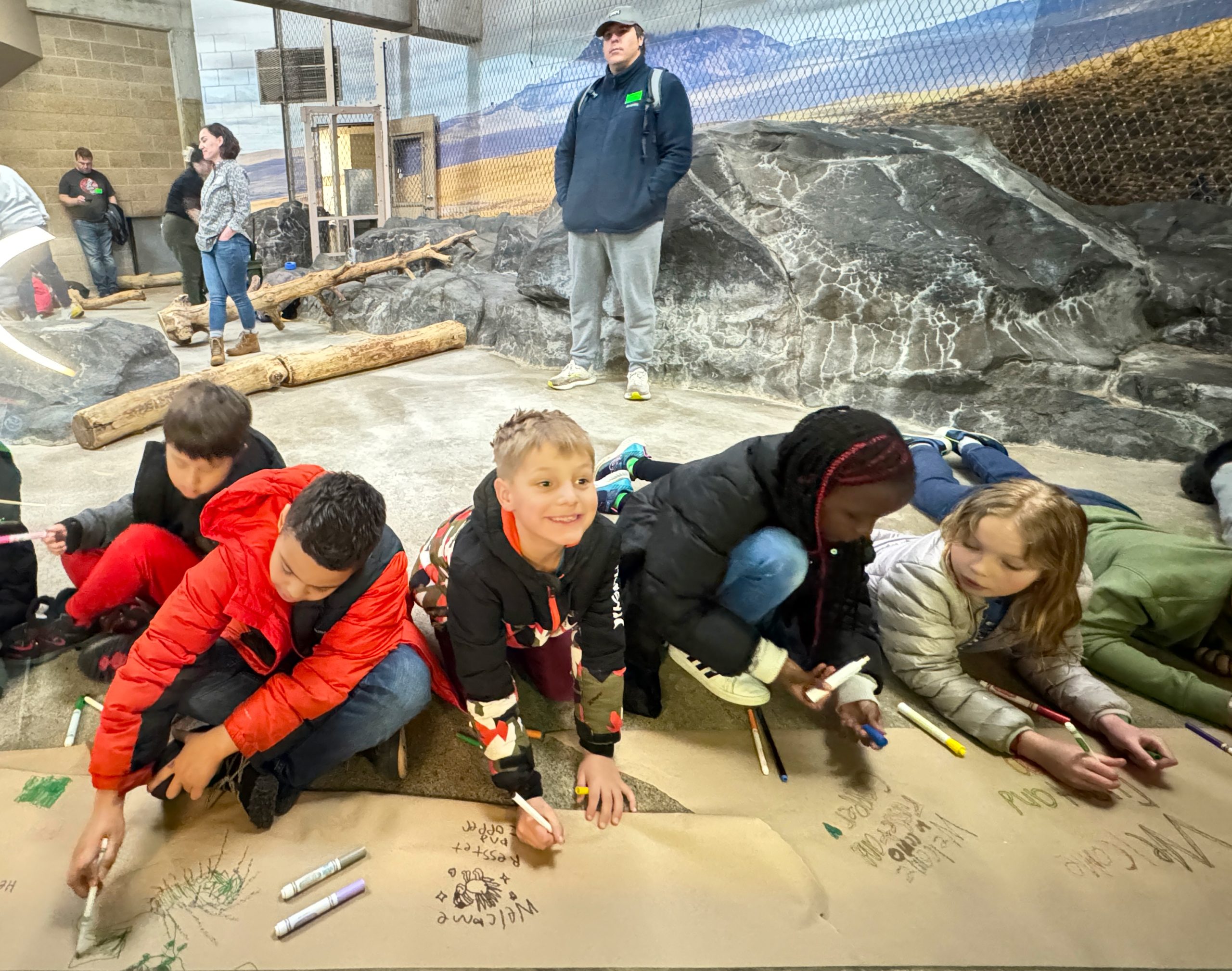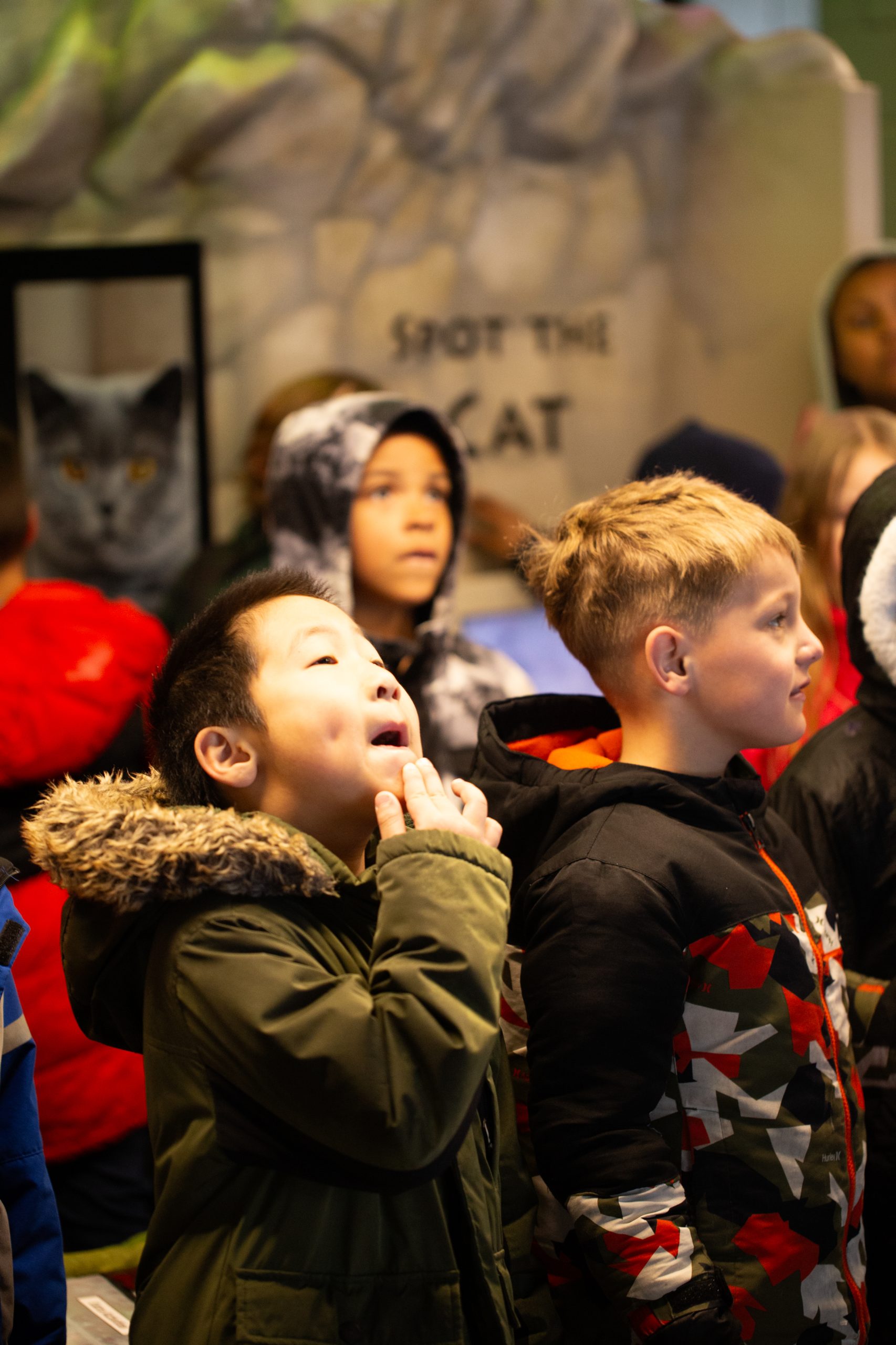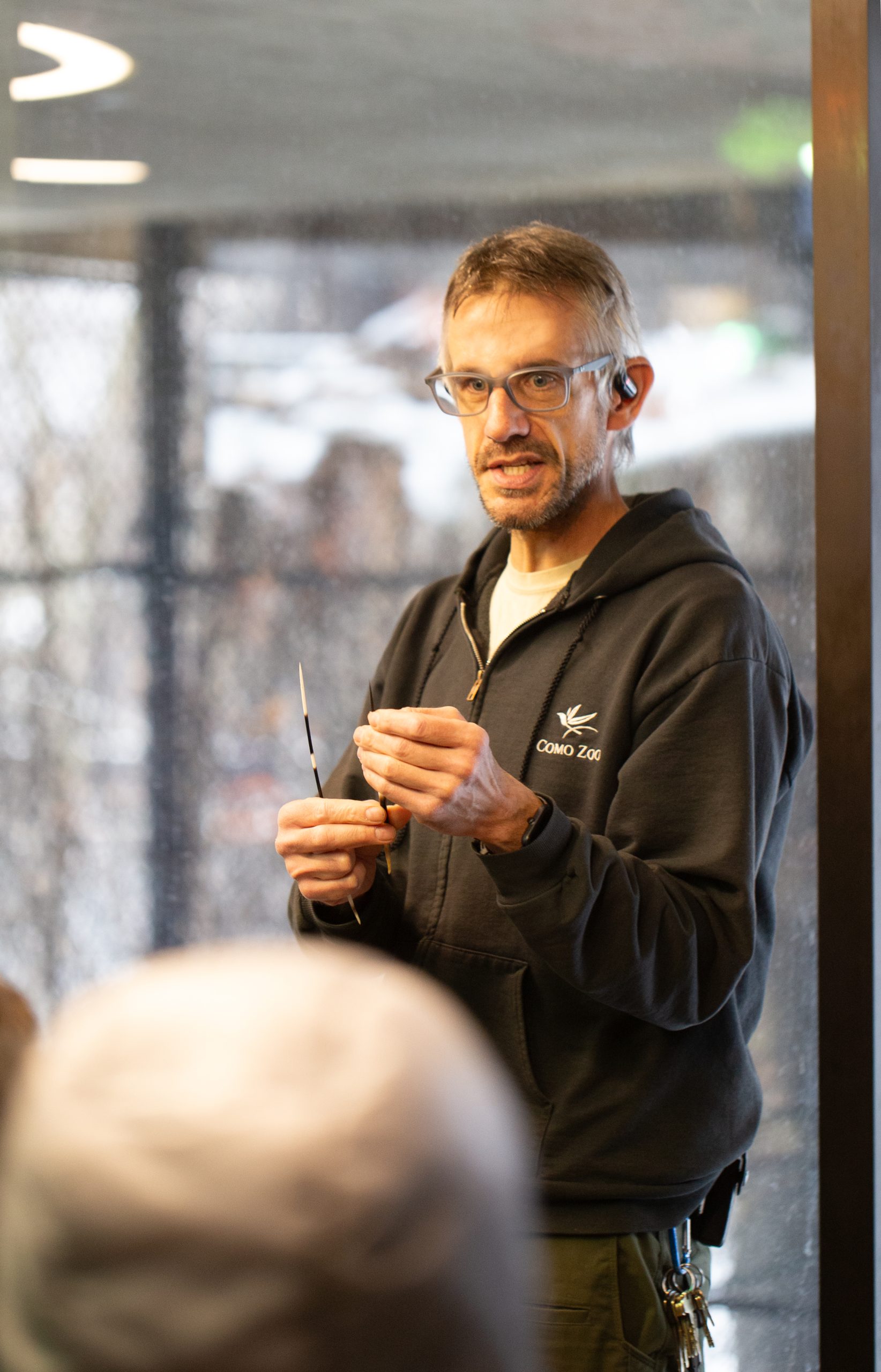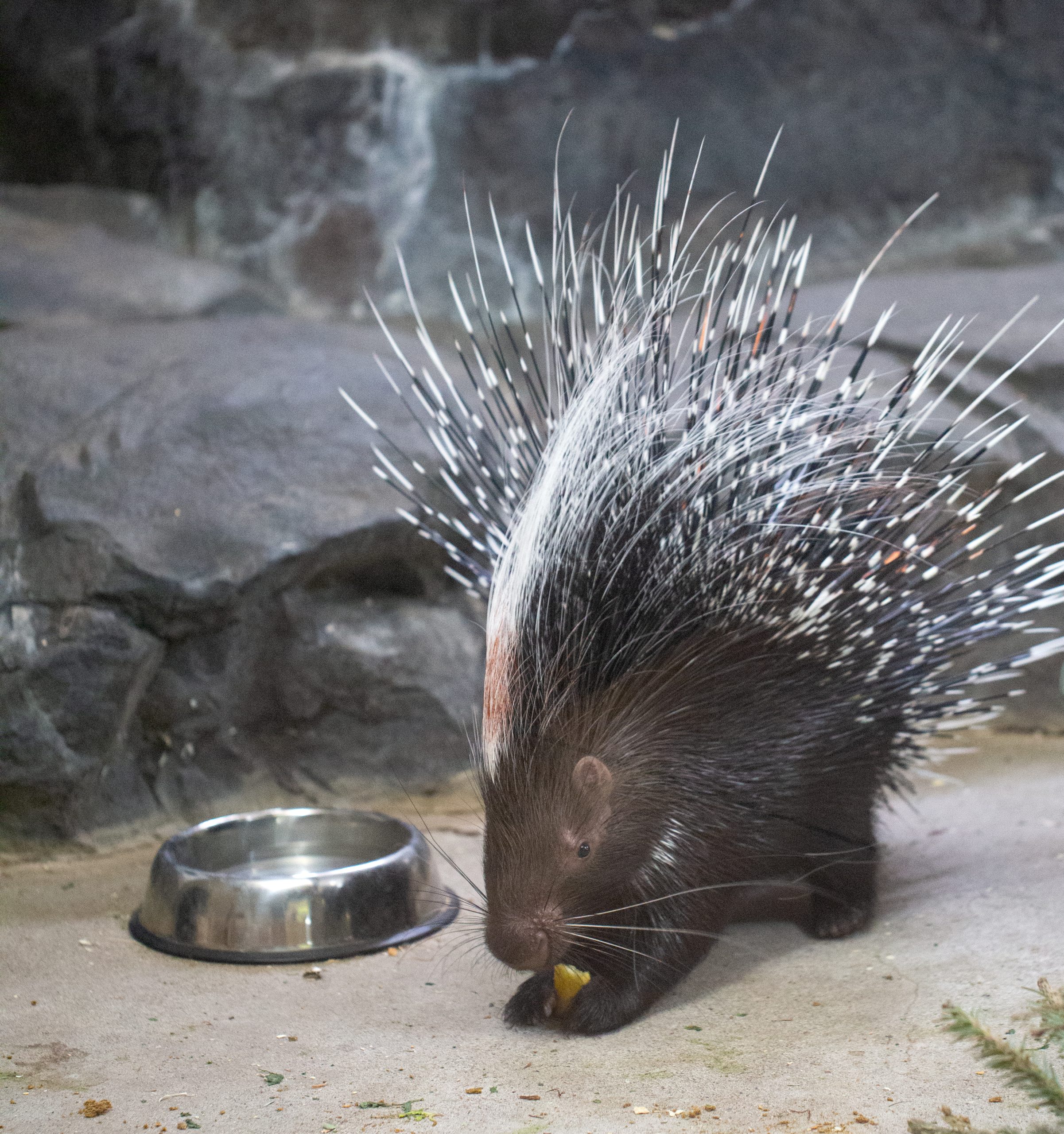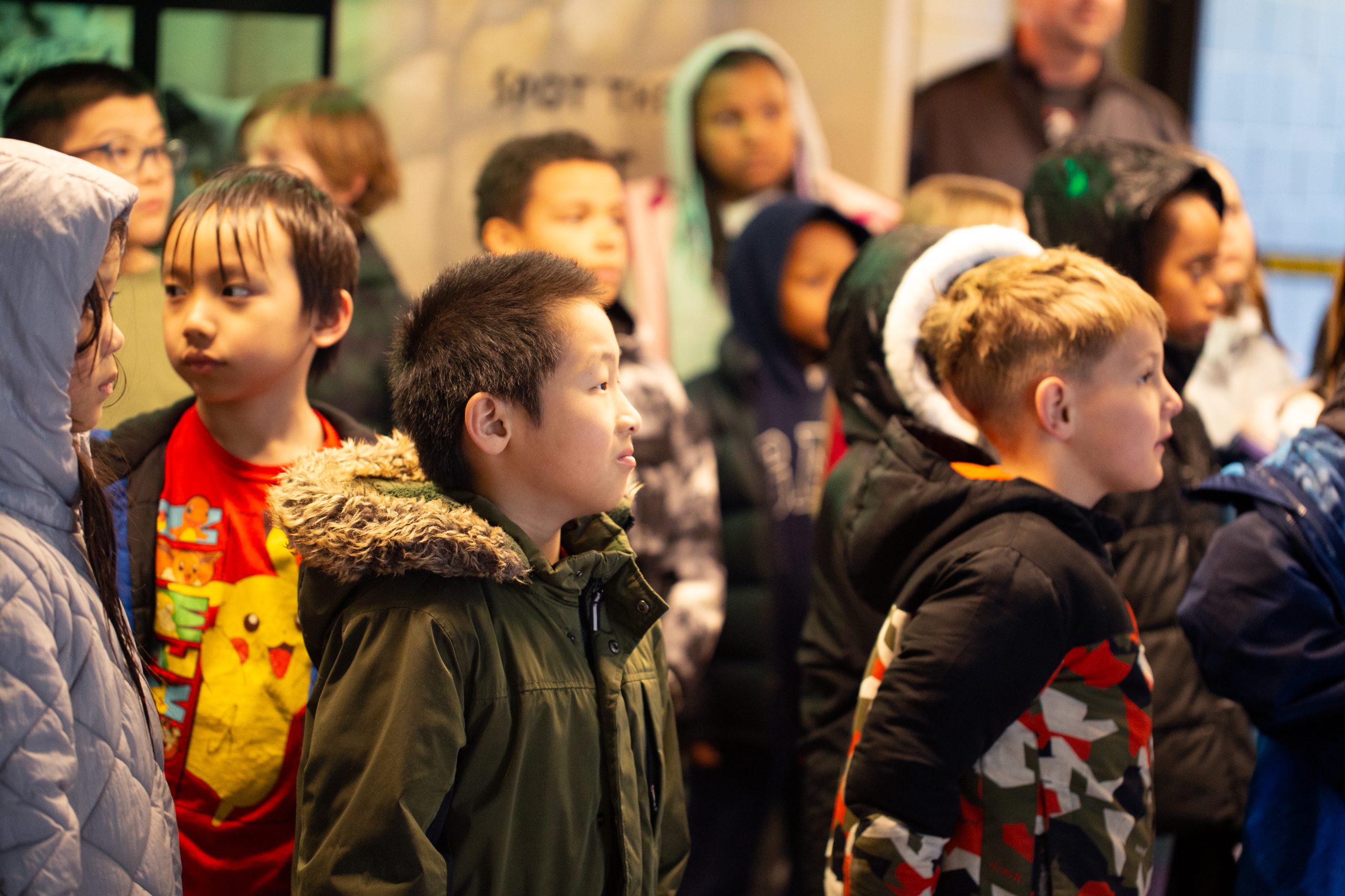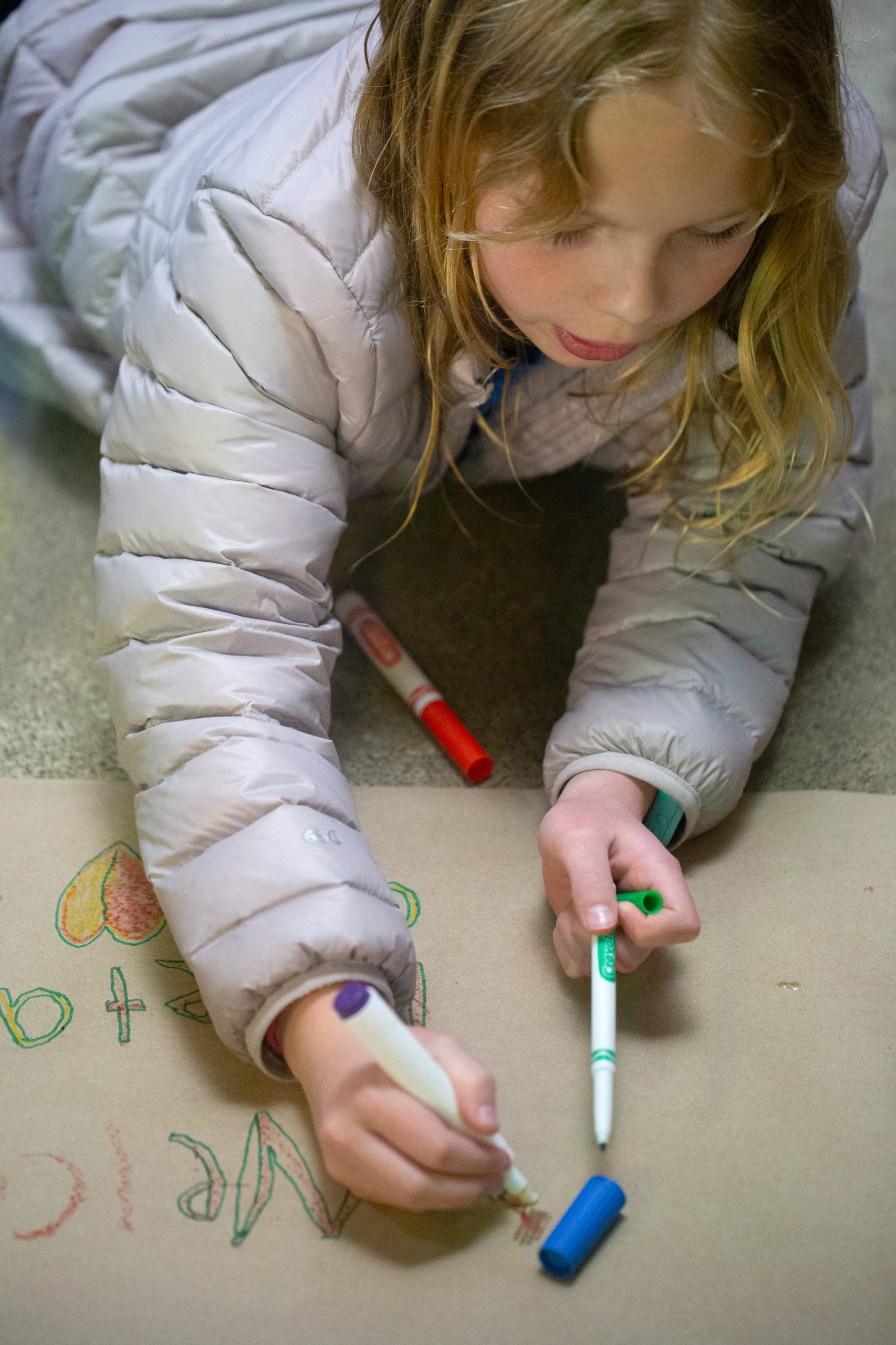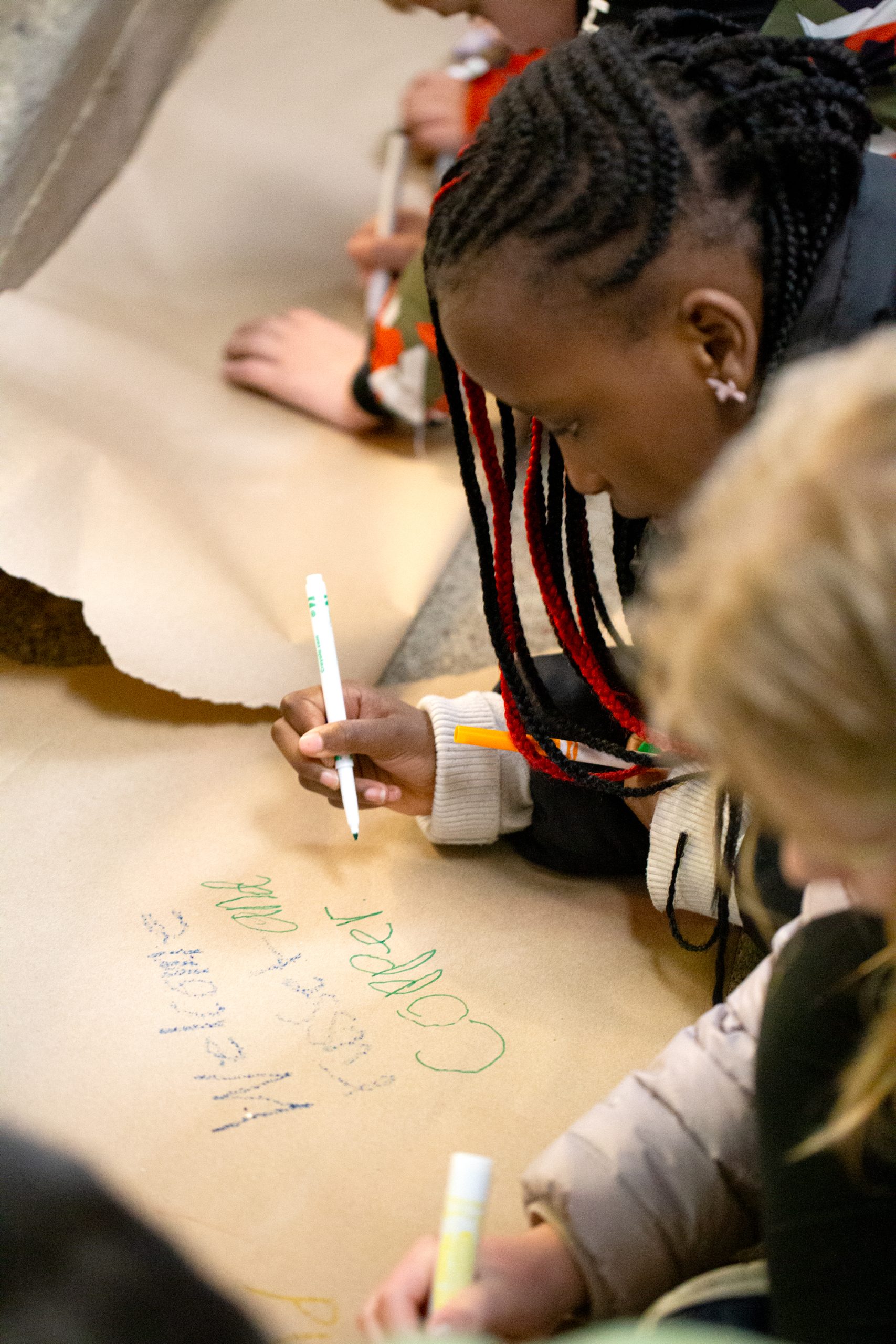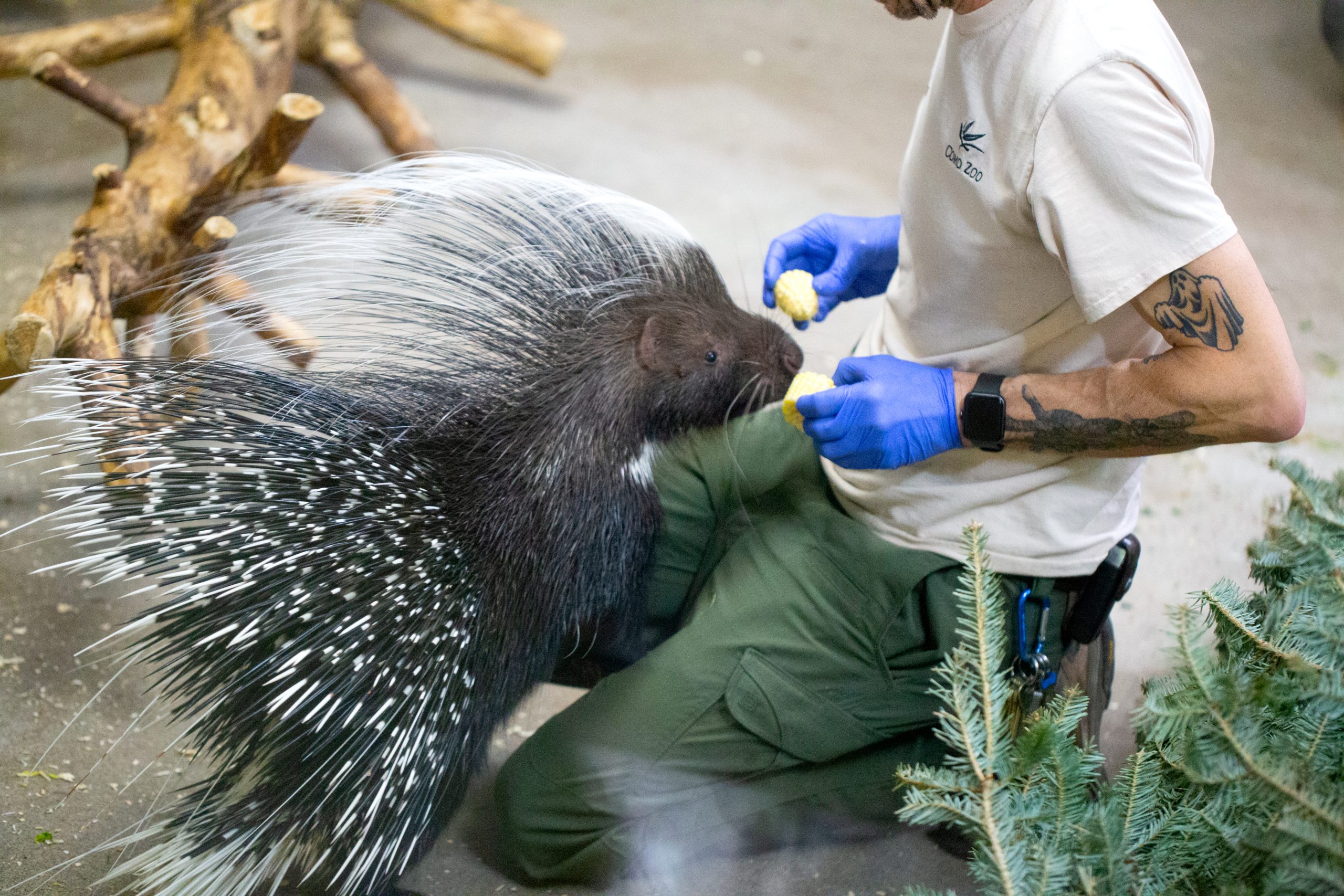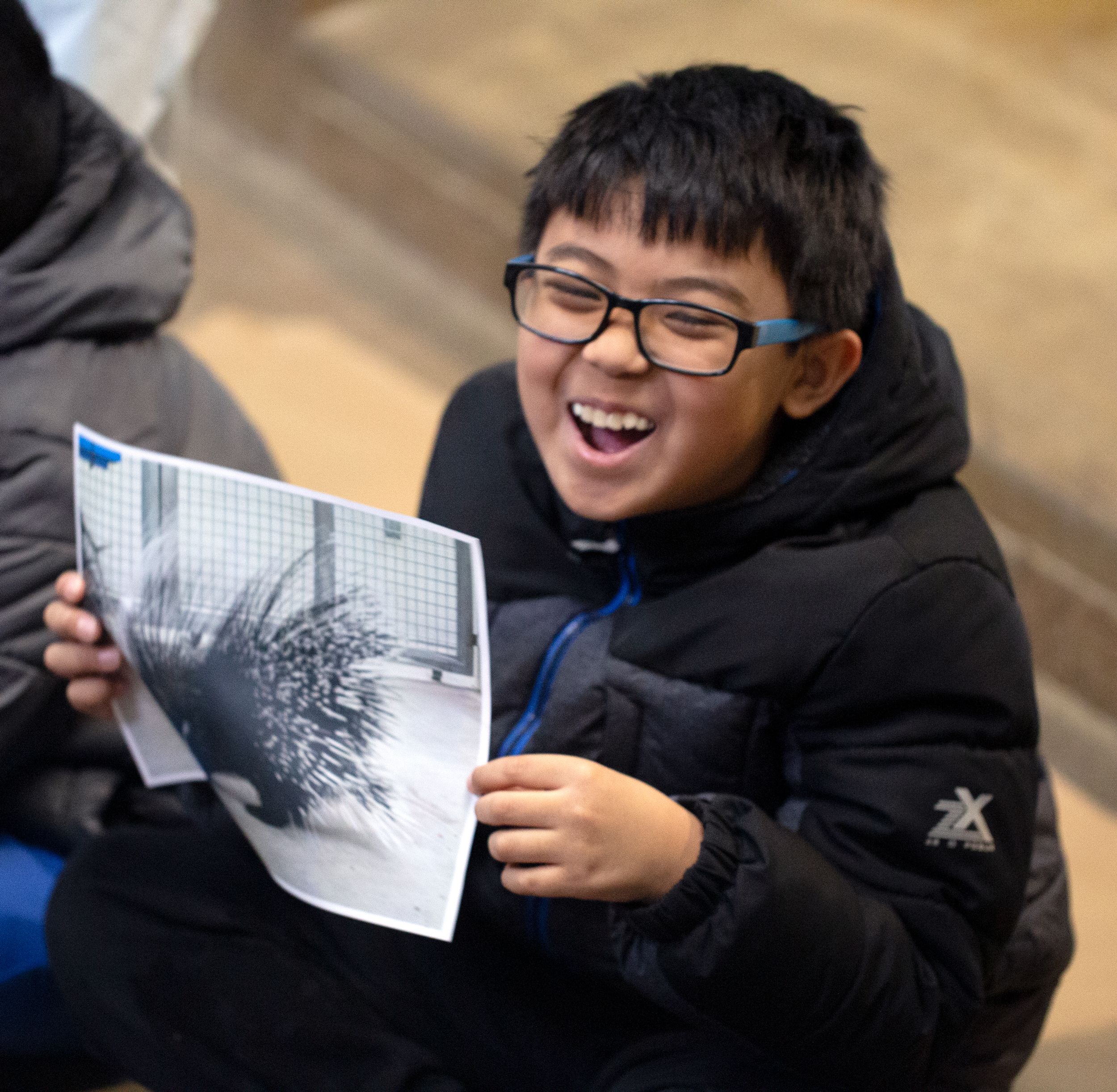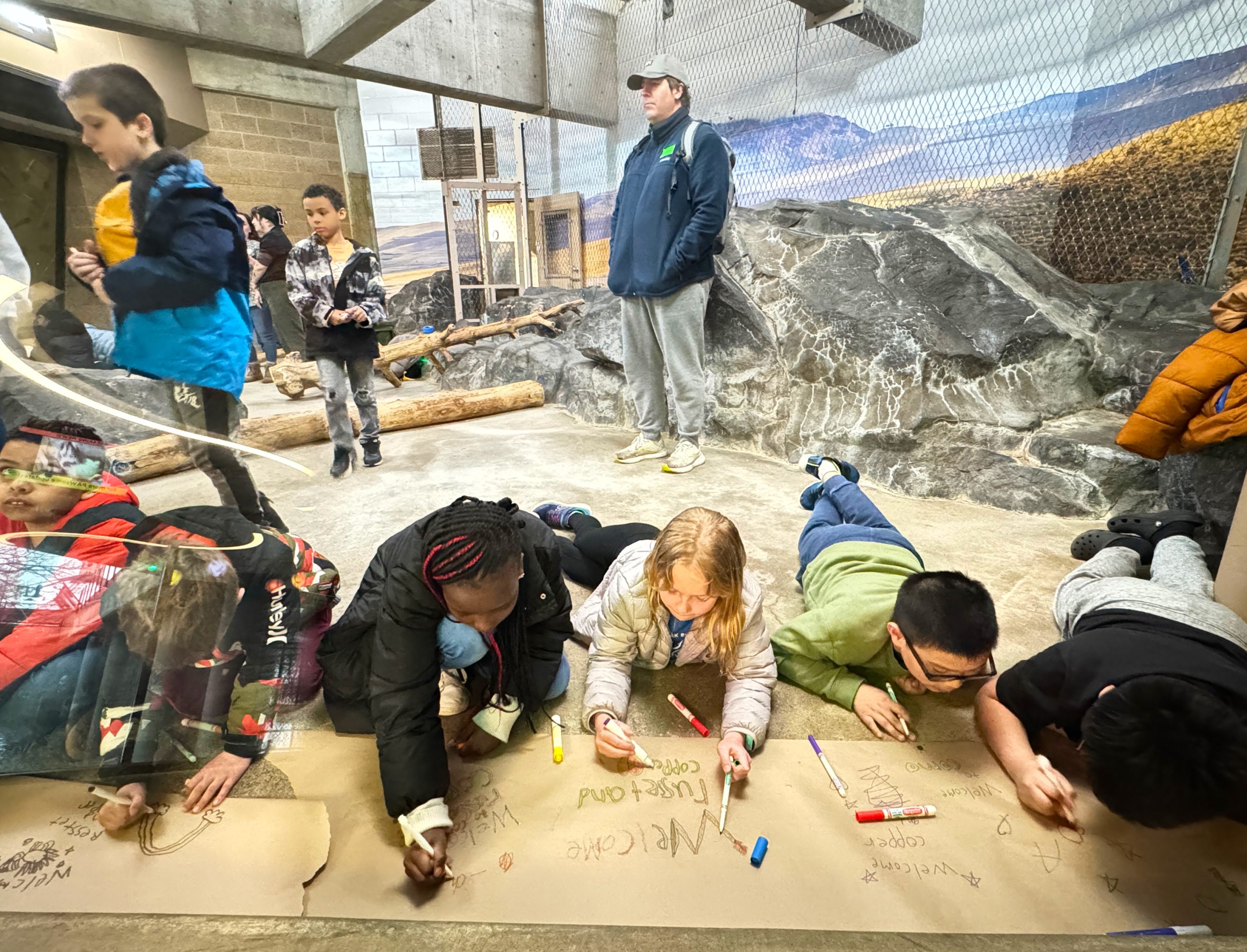Como’s redesigned Residency Program is bringing the power of plants and animals to third graders across the state
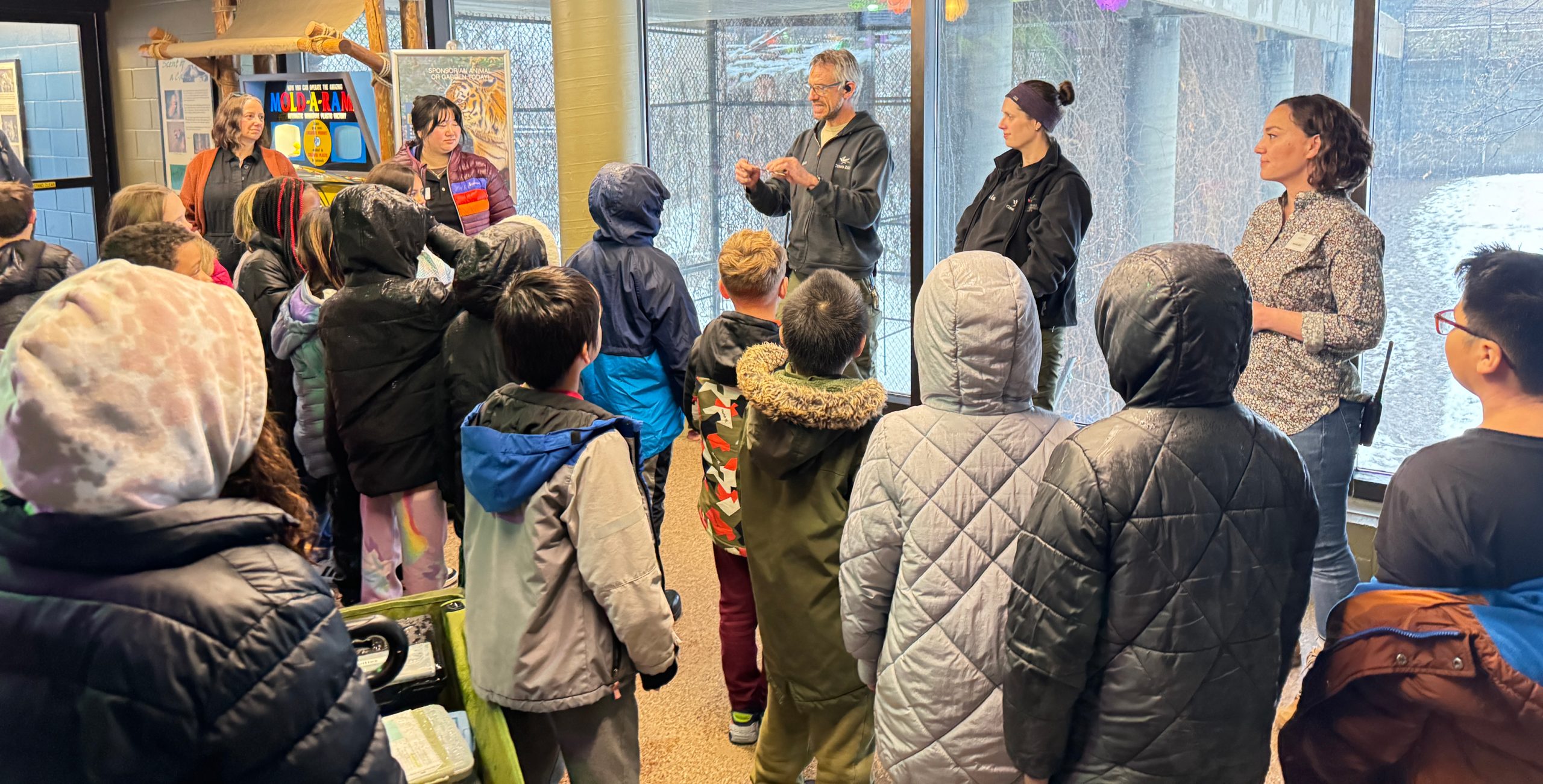
Residency Program students from Roseville’s Central Park Elementary School recently welcomed two new African crested porcupines to Como Zoo’s Large Cat Building by making artwork for their habitat. The porcupine pair were recently relocated to Como following the closure of SeaQuest in Roseville.
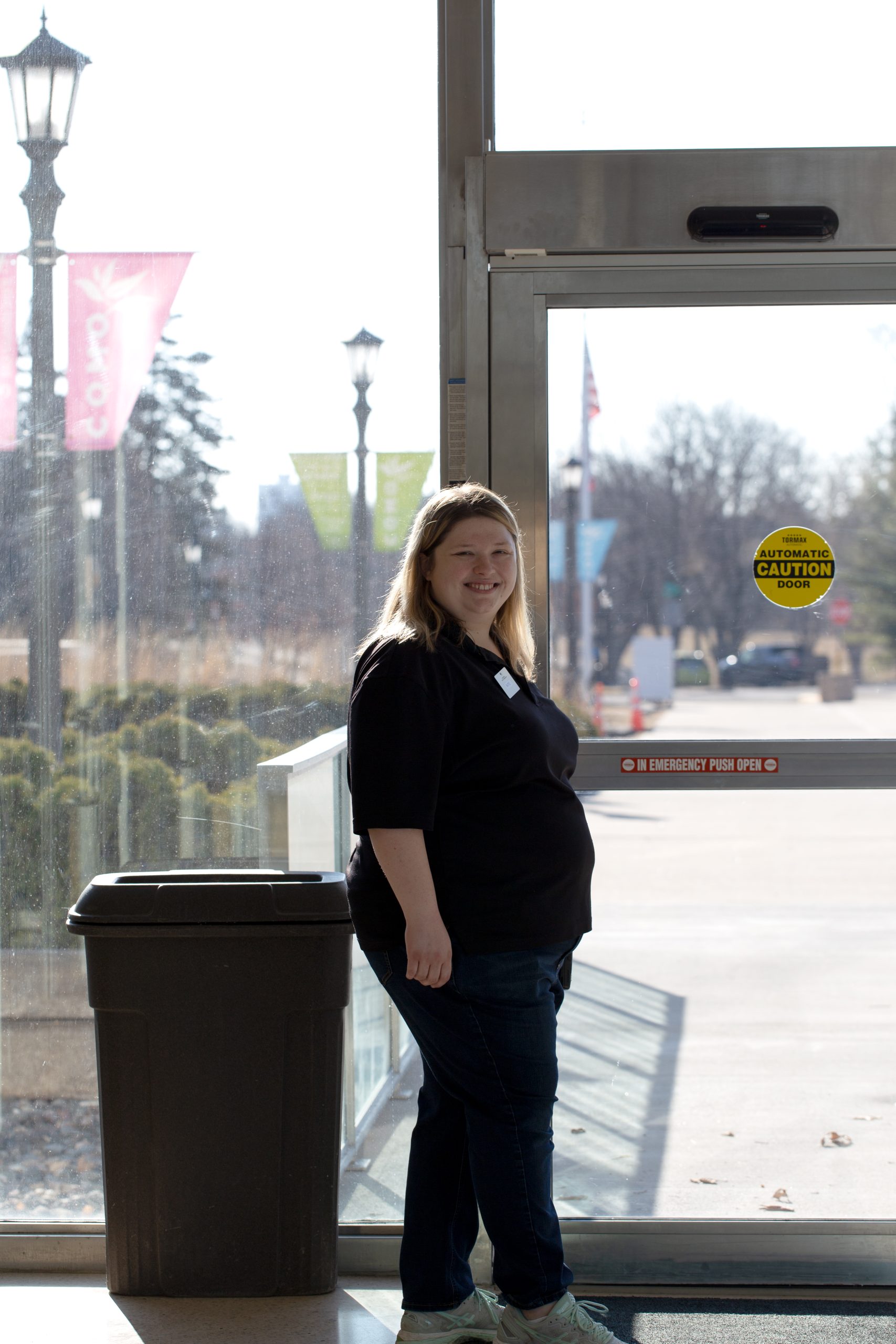

Melrose, Minnesota, is more than a 90-minute drive to Como Park Zoo and Conservatory—longer during rush hour—which makes a field trip to the Twin Cities out of the question for most classrooms.
But thanks to Como’s new and improved Residency Program, 25 third graders in Ms. Brown’s class at Melrose Area Elementary School recently got the chance to spend quality time with Katie Raeker, an educational specialist who knows nearly everything there is to know about Como’s plants and animals. During the course of four days in April, Raeker visited the class for nearly five hours every day, bringing live plants, biofacts, fun animal profile videos and boxes and boxes of art supplies to teach a program called Exploring Ecosystems, that compares the biomes of Minnesota to those of the Brazilian rainforest.
“What’s really fun about teaching kids in greater Minnesota is that they often have first-hand experience with the animals I often bring up in class,” says Raeker. “If I show them a pair of antlers, they know the difference between a deer and a moose. And if I ask ‘How many of you have seen a wolf?’ lots and lots of hands go up. Compared to the kids we teach in the Twin Cities, it leads to very different conversations.”
Taking Como’s education curriculum on the road is the latest iteration of Como’s Residency Program, an immersive conservation program offered free of charge to area schools and made possible by Minnesota’s Legacy Amendment. Several years ago, this popular program got its start by inviting classrooms around the Twin Cities to relocate to Como, using both Como Zoo and the Marjorie McNeely Conservatory as the backdrop for days of cross-disciplinary learning. Put on pause during the pandemic, the Residency Program resumed in January 2025, simultaneously offering on-site experiences for third grade classrooms around the Twin Cities, and off-site programs for third graders across the state.
In fact, the same day Raeker was teaching in Melrose, Residency Program Specialist Grace Coughlin was leading a group of third graders from Roseville’s Central Park Elementary into a new habitat in the Large Cat Building that is now home to two new porcupines. Large cat keepers Hans Jorgensen and Caitlin Allessi greeted the group, and invited them to decorate the glass enclosure with big rolls of craft paper and magic markers.
“So many of the teachers have been telling us how grateful they are for the opportunity to have an art component to the program,” says Residency Coordinator Madeline McCullough. “The other thing we’re hearing is that they really appreciate our multi-modal approach with our curriculum. There’s movement throughout the day, videos and slideshows and pictures, class discussions, and very tactile experiences with biofacts and plants. The curriculum makes them feel supported, and it works to reach many different types of learners.” Another strength of the program: McCullough, Coughlin, and Raeker are all former classroom teachers, skilled at shaping lesson plans to fit the needs of participating classrooms.
With a waiting list of schools eager to sign up, Como has prioritized Title I classrooms where a significant portion of students are from disadvantaged backgrounds, or are eligible for free or reduced-price lunch. In addition to the free classroom experience, Como reimburses local schools for the full cost of bus transportation to campus, ensuring that cost is no barrier to participation. While nearly half of the programs happen right on Como’s campus, for many participating students, it’s their very first trip to Como Park Zoo and Conservatory. “Even though Como is in the backyard for a lot of our participating schools, a lot of kiddos have never been to a zoo before,” says Coughlin. “It’s really fun to show them around and to see their faces the first time they see a giraffe, or watch a sea lion swimming in the water.”
The focus on third graders helps area schools meet state science standards, while connecting with kids in the sweet spot for conservation education. “It’s the perfect age for this program, because they’ve been in school enough years that they have the basic skills down, and they’re a little bit more independent so they can be critical thinkers and sponges for information,” says Raeker.
“Also third graders have no filter, and they have so many interesting questions,” says Coughlin. “Kids are always excited to find out that Como is free and open every day. And a lot of them really want to know when they can come back with their parents.”
